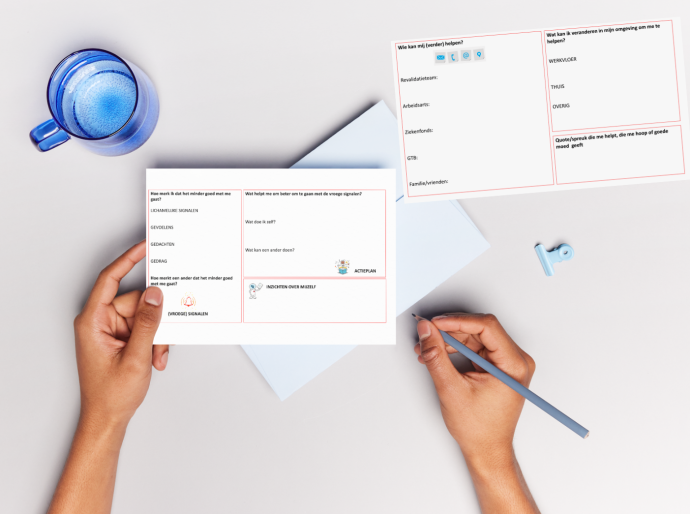Return to you, as previous employer
Your employee will either partially resume their previous role or commence in an adapted position.
Supporting your employee or colleague can be approached in various ways.
It is essential to collaboratively determine what is both feasible and beneficial for the individual and the work environment. Here are some specific examples:
- Permit flexible working hours.
- Facilitate a gradual return to work.
- Coordinate task assignments based on discussions with the individual.
- Introduce task variety by alternating between physically and mentally challenging tasks, or balancing effort with relaxation periods.
- Consider scheduling physically or mentally demanding tasks at the beginning of the workday.
- Determine where tasks will be carried out through mutual agreement.
- Opt for a quiet work setting, minimizing distractions like noise, temperature fluctuations, or excessive visual stimuli.
- Establish how tasks are performed, considering factors like natural lighting, soothing colors, or providing headphones to reduce sensory overload.
- Explore available resources together to enhance the work environment.
Concrete action plan
Collaborate on developing a detailed action plan outlining task assignments, responsibilities, timelines, and methods.
Here are some specific suggestions to consider:
- Utilize a calendar to track meetings and deadlines effectively.
- Break down tasks into manageable sub-tasks, noting required resources, available support, and task priorities.
- Clearly communicate plans, tasks, and actions, reiterating steps when necessary.
- Maintain a composed demeanor and avoid unnecessary conflicts.
- If suitable and beneficial, assign a buddy or mentor to provide daily support.
- Jointly assess and refine strategies for optimal effectiveness.
- Explore various strategies such as creating to-do lists on paper, computer, or smartphone, with the ability to mark completed tasks.
- Consistency in strategy selection and regular evaluation of its efficacy are crucial. Avoid frequent changes in strategy as it can lead to confusion and inefficiency.
- A strategy that is helpful initially may become time-consuming as tasks become more routine or automated. Regular evaluation ensures ongoing effectiveness.

🤝Together
Collaborate to identify suitable ways to support the individual.
- Harness your creativity to devise beneficial adjustments together, such as creating checklists, establishing designated locations for materials, or implementing folders to organize information and tasks.
- Engage colleagues in the process.
- Develop a collective action plan to encourage constructive input, enhance collaboration, and broaden perspectives.
- By involving everyone, tasks can be streamlined for improved efficiency, benefiting not only the employee with a brain injury but also facilitating smoother task execution for all.
Do you have specific inquiries?
👉 Select a question for further information.
